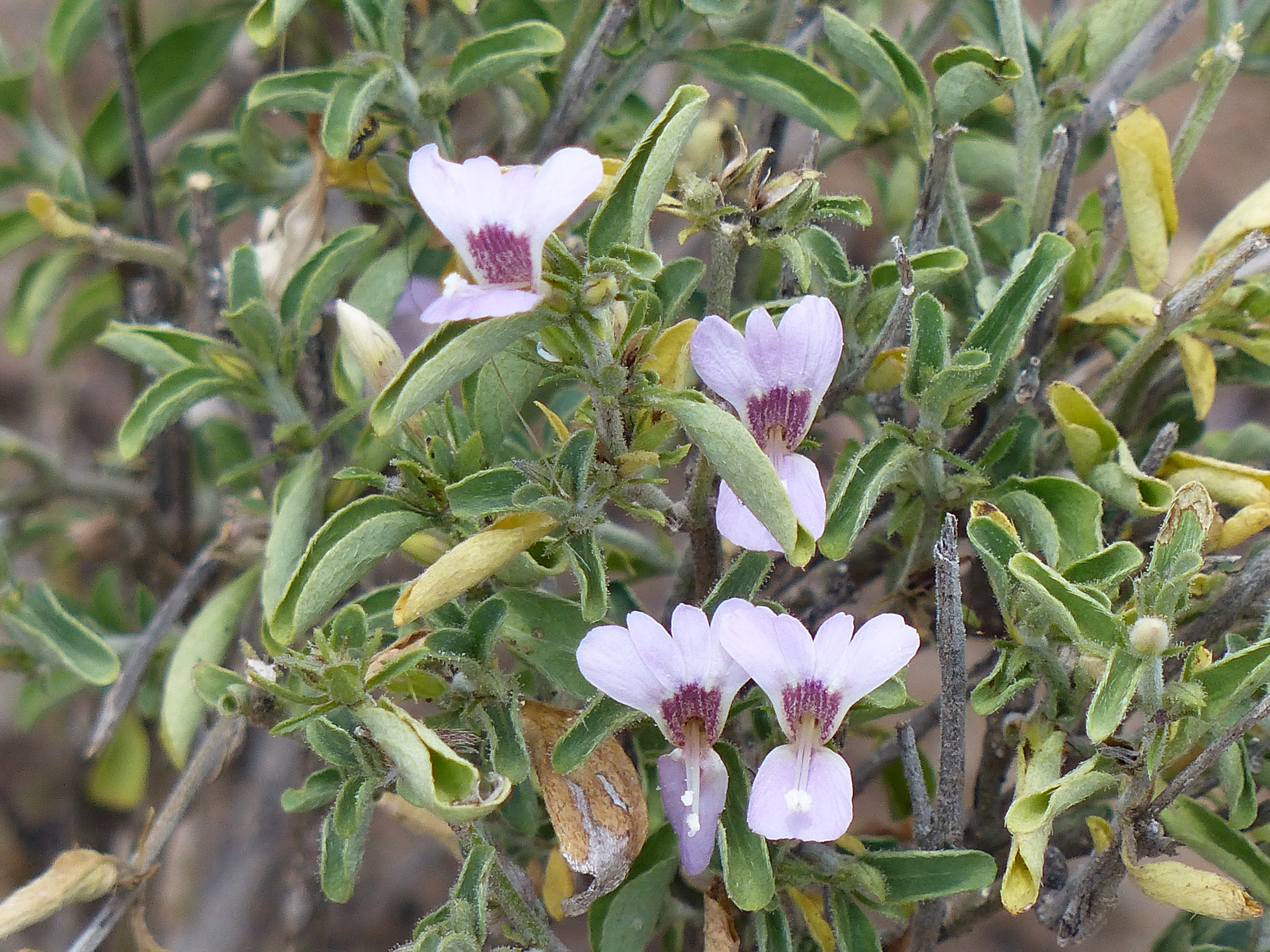From: Brian Finch <birdfinch@gmail.com>
Date: 2014-04-15 15:14
Subject: NAIROBI NATIONAL PARK 15th April 2014 and Dicliptera cicatricosa
NAIROBI NATIONAL PARK 15th APRIL 2014
Dear All,
I just spent a morning in the Park to see what was around.
I tried to come in Langata Entrance, but Customer Services were not
there at 6.30am, although they are due to open at 6.00am. So rather
than spirit the time away waiting, I decided to drive round to the
Main Entrance. There was no traffic, this only took three minutes, and
getting the card processed not much more than a minute.
It was an overcast and cool start to the day, and the sun tried to
come out but was fighting a losing battle. It had been fairly dry the
past few days.
I first went to KWS Mess, nothing apart from one Suni and one Spotted
Flycatcher. Leaving here I found that Ivory Burning Site had a
function, although there was another Spotted Flycatcher (six seen
during the morning) in the scrub. So I decided to head off to
Nagalomon Dam.
There were a pair of Darters on the trees, but only four Black-crowned
Night-Herons were to be seen. Six Hippos loafed just below the birds.
Around the edge were a pair of Black-winged Stilts, unusual up here,
the small Great Egret later seen at Hyena Dam, though nothing else.
It was quiet along the back road to Hyena Dam, there was the first of
six Red-backed Shrikes, and at the new swamp just twenty Wood
Sandpipers and a juvenile African Water Rail walking around in the
open. Water Rails were heard calling in four sites. Retracing around
to Hyena Dam there were a pair of Long-toed Plovers persisting in a
swampy patch that could result in the first Nairobi nesting record, we
can hope. Sadly they were harassed mercilessly by a pair of
Blacksmiths. One adult Eurasian Cuckoo flew low over the water, and
one Sand Martin was with the swallow group that also contained a few
Barn Swallows. Two Swamphens fed openly on the other side and that was
it.
Along the side road were a few more Wood Sandpipers and the only
Lesser Grey Shrike.
The run-off had a good number of Jackson’s Widowbirds, but none were
jumping. There were three Orange-breasted Waxbills and some twenty
Eurasian Bee-eaters were along the Mokoyeti with the only Whinchat
also here.
Exiting at Langata Gate, a stop at the small dam revealed that the
African Jacana of several months residency was still there. A Wood
Sandpiper dropped in, and it chased it relentlessly, though compare to
the agile Wood, very clumsily. A Black Stork came over and circled,
but did not land maybe having heard of the kali Jacana. Also near here
was a male Eurasian Rock Thrush. Absolutely amazingly this is the only
Rock Thrush in the Park for the whole of this season, and we nearly
missed out!
The only migrant warblers all morning were a couple of Garden.
Interestingly (but maybe not for everyone!), there were large numbers
of the biting flies that look like Tabanidae but are soft bodied and
very sluggish. Visitors to the Park refer to them as Horse Flies, but
they aren't and I would have told them that I have never seen a true
Tabanid in Nairobi...... until today! Whilst I was sitting in the car
next to the dam on the edge of Kisembe Forest near Langata Gate, a
real large Tabanid flew in the window. It looked just like the species
that can for just a few days a year, make being there unpleasant in
places like Gatamaiyu and Kieni Forests. It was the same robust insect
with the same greenish body and very noisy flier.
Undoubtedly a full day and visiting other parts of the Park would have
yielded more, but time today did not permit.
Last week I asked for the assistance in the ID of two flowers that
Nigel Hunter and I found on the Magadi Road. One was an Amaranthus,
which is just a form of the wild spinach, but the other has turned out
to be far more exciting.
Quentin Luke has come back and said that it certainly appears to be
Dicliptera cicatricosa, we found it not far from Ol Tepesi. The only
known location anywhere for this species, is when it was found near Mt
Olorgesaillie on the Magadi Road.
There appear to be no images of it anywhere, on googling the species,
it is not anywhere to be found, so I though it would be apt to place a
full resolution of this most attractive plant here, so I have attached
it.
Best for now
Brian

